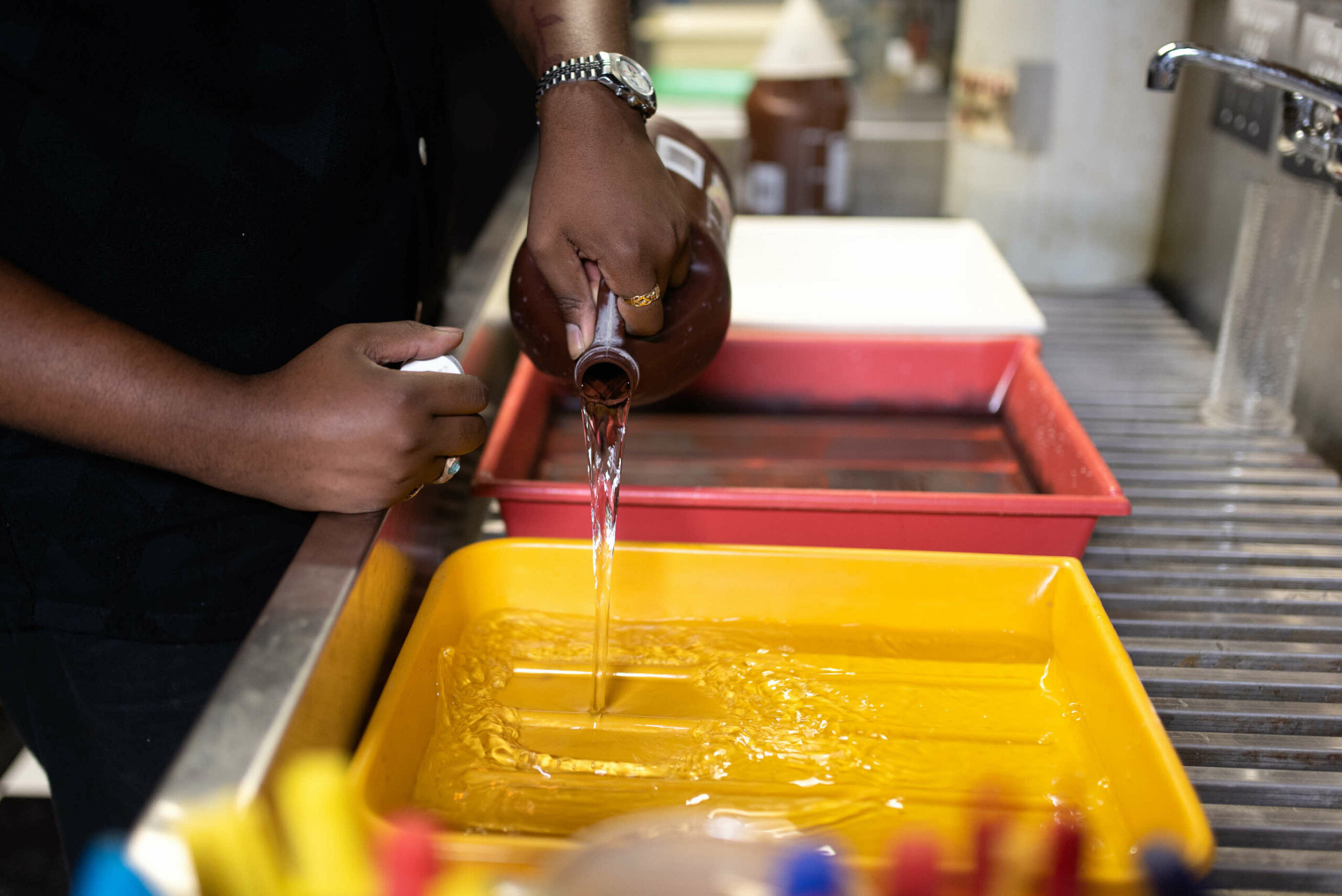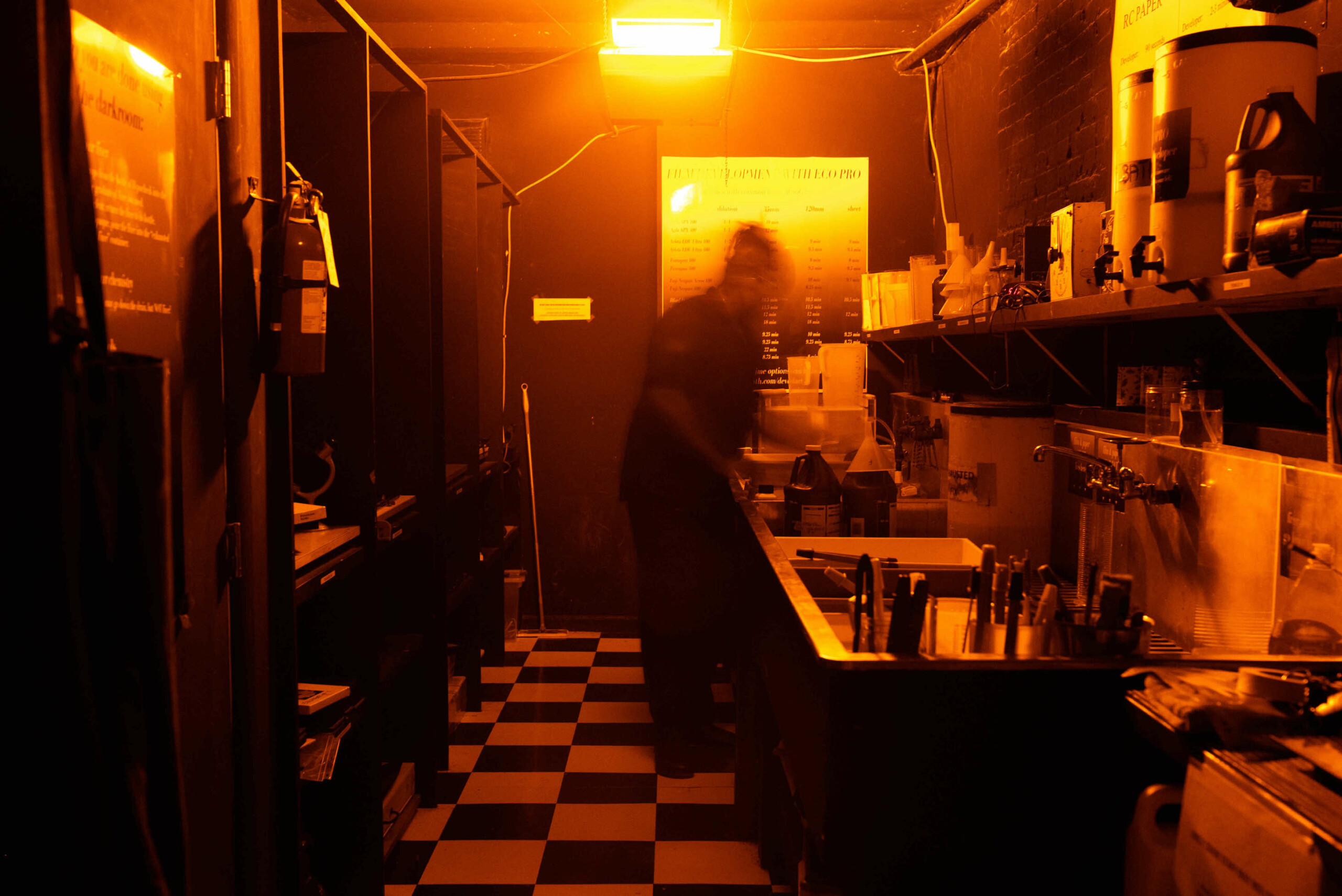Today, you might take colour photography for granted. Taking images in full is so satisfying. Their original hue is so simple that you do not consider how it came about. However, hunting for a low-cost, easy colour photography method was time-consuming and complex.
This narrative explores the various tactics that early innovators and entrepreneurs from the nyc film lab took to establish a viable colour photographic process, from hand-colouring and the autochrome to the initial commercially successful integral tri-pack system Kodachrome.
The first additive colour photography processes
The earliest processes for photographing in colour came in the 1890s. They replicated colour by combining red, green, and blue light, following the former hypothesis established in the 1860s. These methods or techniques are understood as additive colour techniques.
The Kromogram
An American inventor created a technique on three colour-separation negatives that run via coloured filters. Positive transparencies were made from these negatives and then placed in a particular viewer known as a Kromskop. Mirrors in the Kromskop overlaid the images on the three transparencies, while a second set of filtering restored the colours. The generated images are known as kromograms. They were effective yet prohibitively pricey, and this technique proved too sophisticated to succeed.
The Joly Process
Instead of taking three separate pictures through red, green, and blue filters, a simple solution was to use a single exposure with a filter that blended all three primary colours.
A color film developing nyc developed the first technique that used this technology in 1894. They apply a coat of a piece of glass with subtle red, green, and blue bars to produce a three-colour filter screen. This monitor was placed in front of the plate when shooting a photograph. With exposure and reverse processing, the white and black positive image was meticulously aligned with an additional filter screen. The result was a coloured transparency that could be examined via transmitted light. However, the results did not appear particularly successful because of the plate’s poor colour sensitivity.
Dufaycolor
Many of the early photographic processes that were introduced to consumers at this time are long forgotten. However, one stayed popular for many years. French scientists developed the Dufaycolor technique. It used a geometric screen with red lines interspersed with rows of green and blue squares. Colour representation was good. It was fast and only one-third the pace of white and black film. Whereas autochromes are suited to keen shooters who enjoy doing their processing,
Dufaycolor targeted the everyday snapshot market. It is a processing service that returns finished transparencies mounted and ready for viewing. It introduced colour photography to a whole new generation of photographers. Dufaycolor was the last of the film-making processes available on the market until the 1950s.
When shooting our surroundings, most people probably take colour for granted. You might expect your cameras to reproduce the visible light spectrum adequately. However, in a society obsessed with colour, occasionally disregarding how long it took to get here and how many artists and scientists dismissed the idea of colour photography as an impossible goal.

























